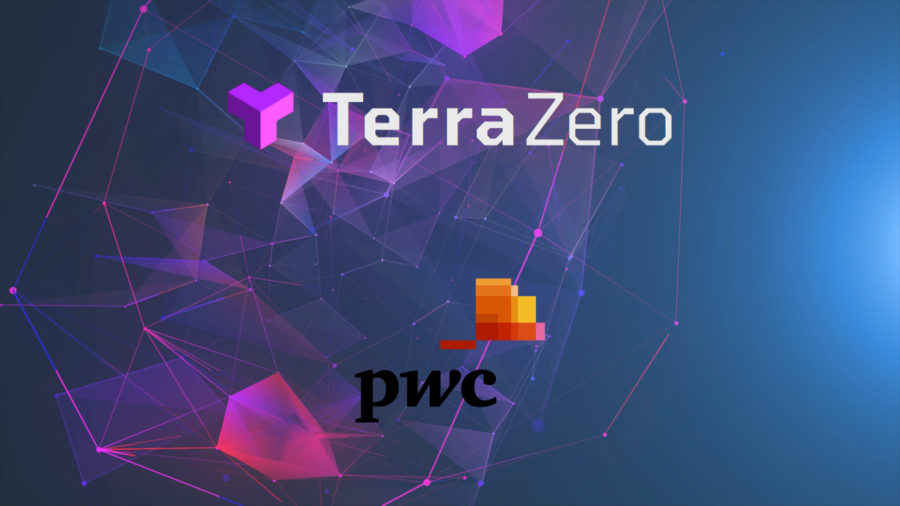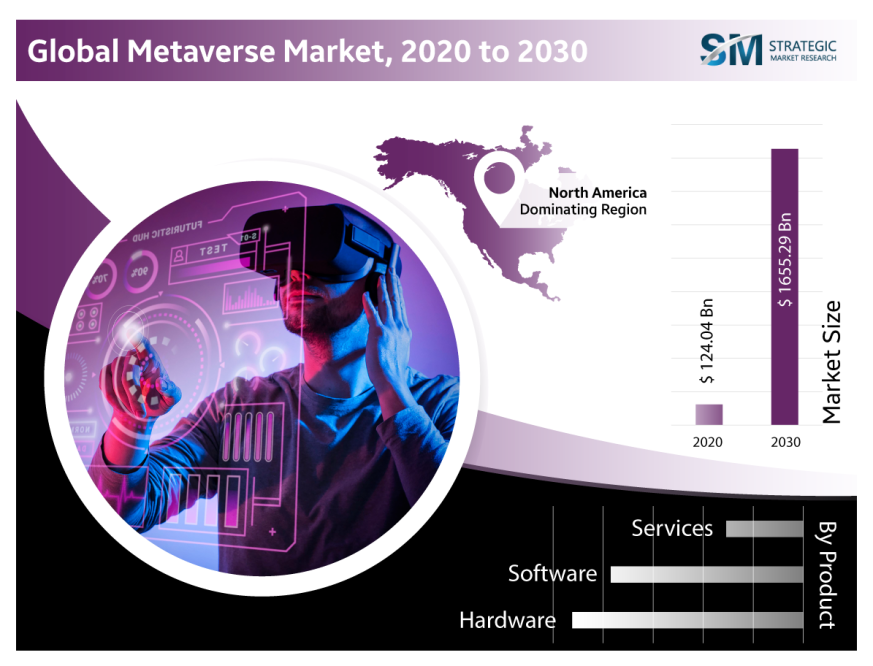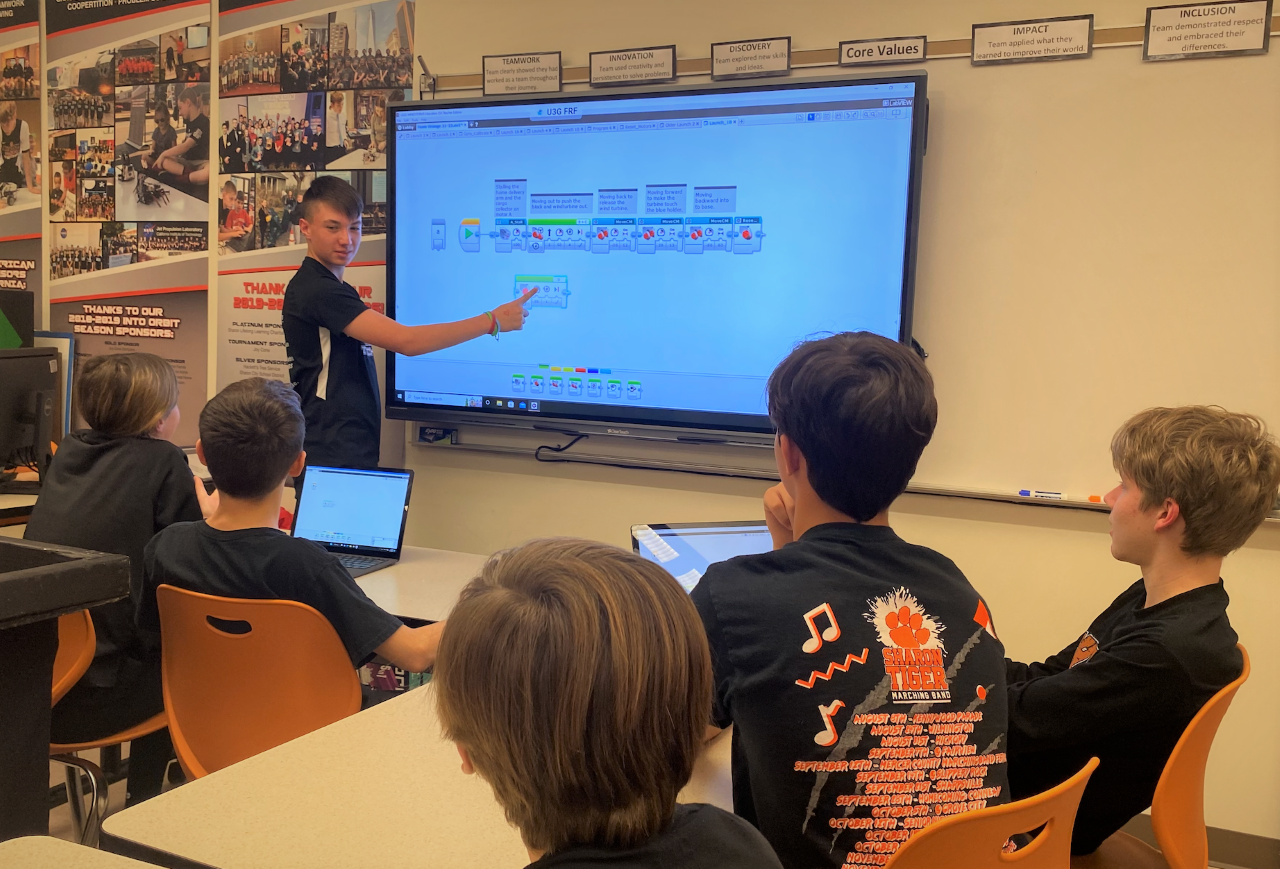Table of Contents
In recent years, we have witnessed a significant shift towards virtual worlds and digital environments, where individuals can immerse themselves in new experiences. With the advent of Web3, the next generation of the internet, we are seeing the emergence of a new breed of companies dedicated to creating these virtual worlds. In this article, we will explore the rise of Web3 and its impact on the metaverse, a term used to describe the collective virtual shared space created by these companies.
Introduction to Web3 and Metaverse
Web3 is the next iteration of the internet, characterized by decentralization and the use of blockchain technology. It allows for the creation of decentralized applications (dApps) that operate independently of centralized entities, providing users with greater control and security. The metaverse, on the other hand, is a collective virtual shared space created by these dApps, where users can interact with each other and digital assets.
The Emergence of Web3 Companies
With the rise of Web3, we are seeing the emergence of a new breed of companies that are dedicated to creating virtual worlds within the metaverse. These companies are leveraging blockchain technology to create decentralized environments where users can create, trade, and interact with digital assets. They are also enabling new forms of social interaction, where users can build communities and engage in collaborative activities.
The Potential of the Metaverse
The metaverse has the potential to revolutionize the way we interact with each other and digital assets. It could provide new avenues for creativity, commerce, and social interaction, as well as new opportunities for education and entertainment. The metaverse could also serve as a new frontier for businesses, enabling them to reach new audiences and engage with their customers in new ways.
Web3 and the Metaverse: Opportunities and Challenges
While the metaverse holds great promise, it also presents significant challenges. One of the biggest challenges is the issue of interoperability, as different dApps operate on different blockchains, making it difficult for users to interact with each other and digital assets. Another challenge is the issue of governance, as the decentralized nature of the metaverse makes it difficult to establish clear rules and regulations.
NFTs and the Metaverse
One of the most significant developments in the metaverse has been the rise of non-fungible tokens (NFTs), unique digital assets that can be bought, sold, and traded on the blockchain. NFTs are enabling new forms of ownership and creativity, as artists and creators can sell their work directly to collectors, without the need for intermediaries. NFTs are also playing a key role in the development of the metaverse, as they provide a means of creating and exchanging digital assets within these virtual worlds.
The Future of the Metaverse
The metaverse is still in its early stages, but the potential for growth and innovation is enormous. As Web3 continues to develop, we can expect to see new companies and dApps emerge, providing new opportunities for users and businesses alike. The metaverse could also play a key role in the development of Web3, providing a new platform for innovation and experimentation.
Conclusion
In conclusion, the emergence of Web3 is leading the way for a new generation of virtual worlds and digital environments. These virtual worlds, created by a new breed of companies leveraging blockchain technology, are collectively known as the metaverse. While the metaverse holds great promise, it also presents significant challenges. As the metaverse continues to evolve, we can expect to see new opportunities and challenges emerge, creating a new frontier for innovation and creativity.


